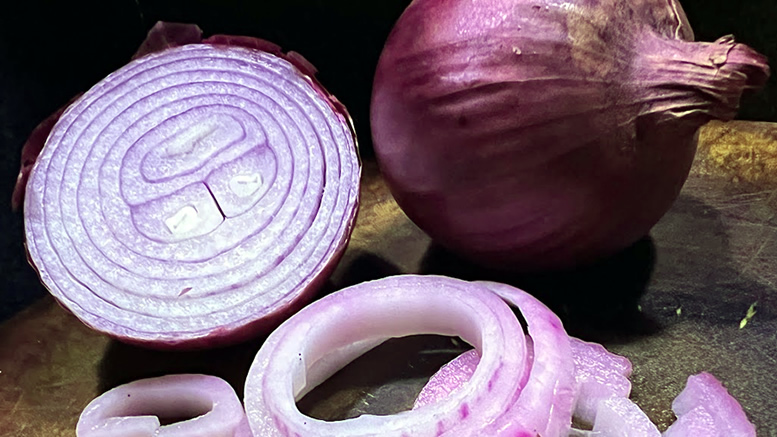Onion, a biennial plant of the lily family, is one of the most fundamental ingredients in global cuisine — and nowhere is its importance more evident than in Asian cooking. While originally native to Asia, onions have been cultivated across the world for thousands of years and continue to be a kitchen staple in countless culinary traditions.
Belonging to the same family as garlic, leeks, chives, and shallots, the onion is an underground bulb made up of layered, fleshy leaves. Its wide range of varieties differ in size, shape, pungency, and colour — from the sharp, tear-inducing yellow onion to the mild, sweet red and white varieties favoured in warmer climates.
Onions in Asian Cuisine
In Asian cooking, onions are often the starting point of flavour, forming the aromatic base of many beloved dishes. Sliced, diced, minced, or blended, onions contribute sweetness, umami, and depth when sautéed, fried, or simmered.
- In Indian cuisine, onions are typically sautéed with garlic and ginger to create the base of curries, gravies, and masalas. Caramelising them slowly is key to developing rich flavour in dishes like rogan josh or korma.
- In Chinese cooking, onions are used in stir-fries, sauces, and soups. Scallions and spring onions also feature prominently as garnishes and ingredients, adding a fresh, sharp bite.
- In Thai and Vietnamese recipes, onions enhance broths, curries, and marinades, often paired with lemongrass, fish sauce, and garlic.
- In Japanese cuisine, onions appear in yakitori, teriyaki, and nabe (hot pot), with varieties like negi (long onion) prized for their delicate sweetness.
Onions also balance strong flavours like soy sauce, chilli paste, fermented sauces, and pungent spices, making them essential in both everyday and festive cooking.
Varieties and Flavour
Yellow onions are strong and flavourful — ideal for soups, stews, and slow cooking.
- Red onions are milder and often used raw in salads, salsas, and pickles.
- White onions are crisp with a mild bite — perfect in stir-fries and garnishes.
- Shallots offer a delicate, slightly sweet flavour ideal for vinaigrettes, sauces, and sautéing.
- Spring onions/scallions are frequently used fresh or lightly cooked to add brightness to a dish.
The sulphur compounds in onions are responsible for their sharp aroma and the tears they cause when cut — though these same oils are also what give cooked onions their signature sweetness and savoury depth.
Storage and Tips
Store whole onions in a cool, dark, well-ventilated space (not in the fridge).
- Once cut, wrap and refrigerate in an airtight container for up to a week.
- Sautéing onions slowly brings out their natural sugars for a richer flavour.
For a milder taste in raw dishes, soak sliced onions in cold water for 10–15 minutes before using.
Whether forming the backbone of a curry base or adding the finishing touch to a noodle dish, onions are indispensable in the Asian kitchen. Their flavour versatility, easy availability, and ability to blend harmoniously with other core ingredients make them a must-have for any cook delving into Asian cuisine.

